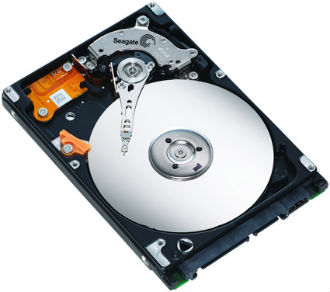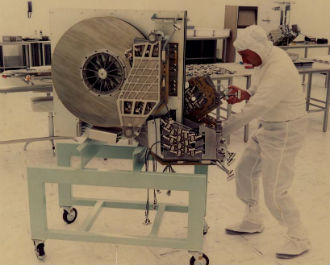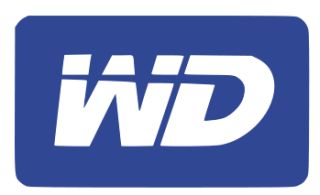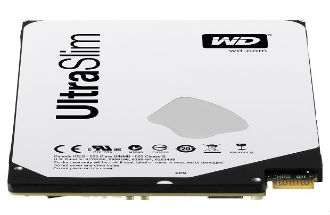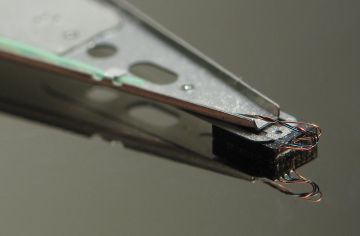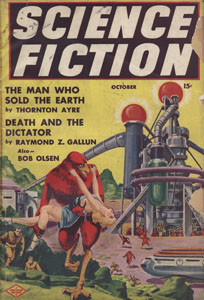 An industry consortium today released a roadmap for new recording technologies could yield 100TB hard drives in about 10 years.
An industry consortium today released a roadmap for new recording technologies could yield 100TB hard drives in about 10 years.
Advanced Storage Technology Consortium (ASTC)’ s figures show hard-drives which are 10 times the capacity of today’s biggest hard drives. Apparently, it will be achieved using up-and-coming techniques such as laser-assisted recording technology.
The ASTC’s roadmap shows HAMR and BMPR technologies combining to grow bit areal densities and technologies such as Bit Patterned Media Recording (BPMR) and Heat-Assisted Magnetic Recording (HAMR) will result in up to 10-terabit-per-square-inch (Tbpsi) areal densities by 2025, compared with today’s .86 Tbpsi areal densities.
Industry analyst Tom Coughlin wrote in his bog that this implies that a 3.5-inch HDD built with that technology could have about 10X the capacity of the 10TB HDDs in 2025, or 100TB.
Western Digital’s HGST division has been sealing helium gas in its enterprise drives to reduce friction created by spinning platters, thereby allowing it to pack them more tightly together. Its Ultrastar HelioSeal product line now has 8TB and 10TB hard drives.
Using Helium instead of air, HGST is able to pack more platters into a hard drive.
Seagate’s largest capacity drive using conventional recording is 6TB. The company has been using a technology called Shingled Magnetic Recording (SMR), which overlaps data tracks on a disk platter like shingles on a rooftop to increase that to 8TB.
However, SMR likely to continue adding areal density and adding helium is limited.
The problem is that as disk drive densities increase, the potential for data errors also increases due to a phenomenon known as superparamagnetism. This is when there is a magnetic pull between bits on a platter’s surface can randomly flip them, thus changing their value from one to zero or zero to one.
Seagate believes it can produce a 30TB drive by 2020 using (HAMR). HAMR integrates a semiconductor laser onto a hard drive recording transducer. The lasers are able to set down smaller bits, but ones that are also harder to overwrite, which makes the media more stable by reducing overwrite errors.
